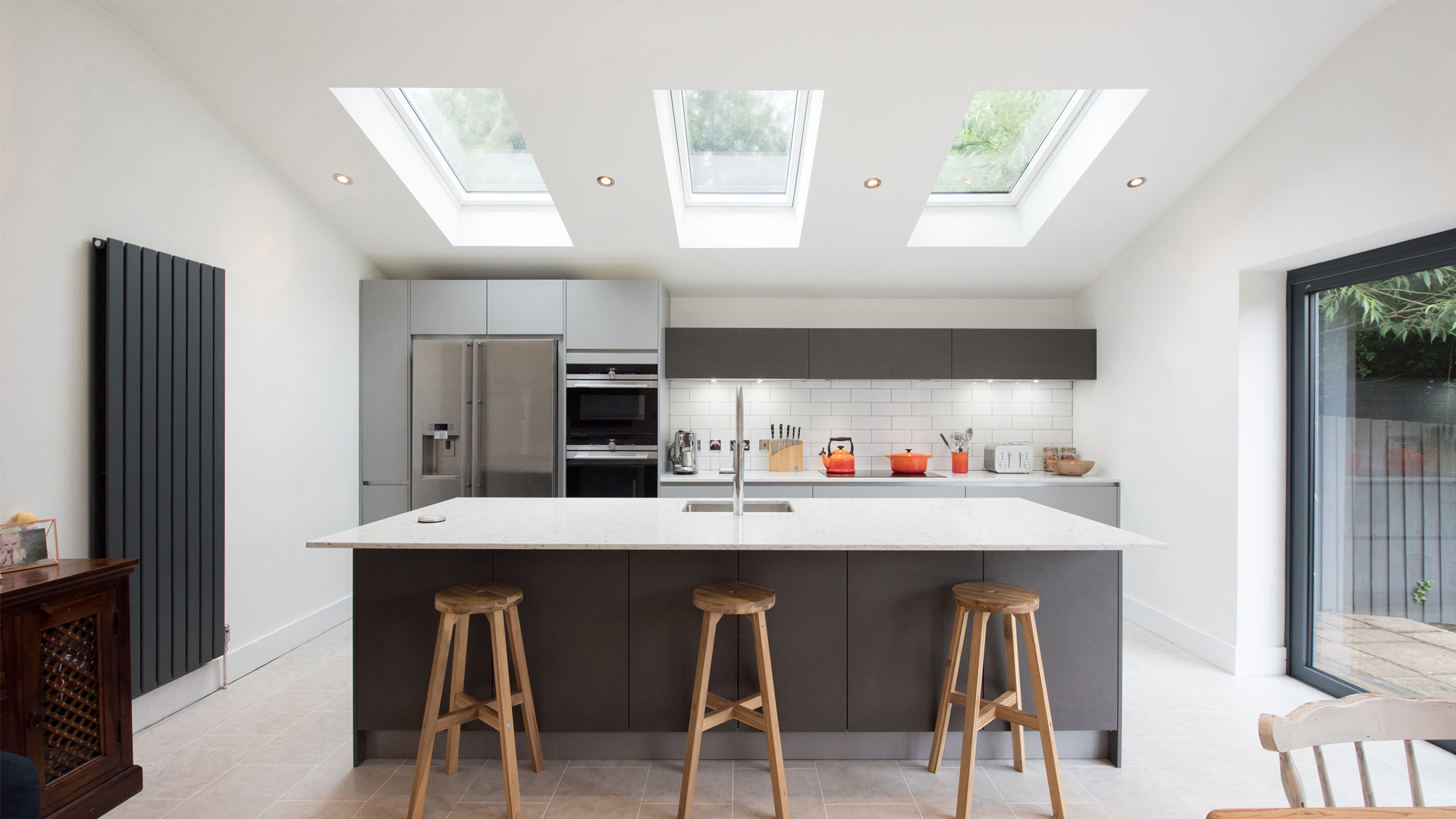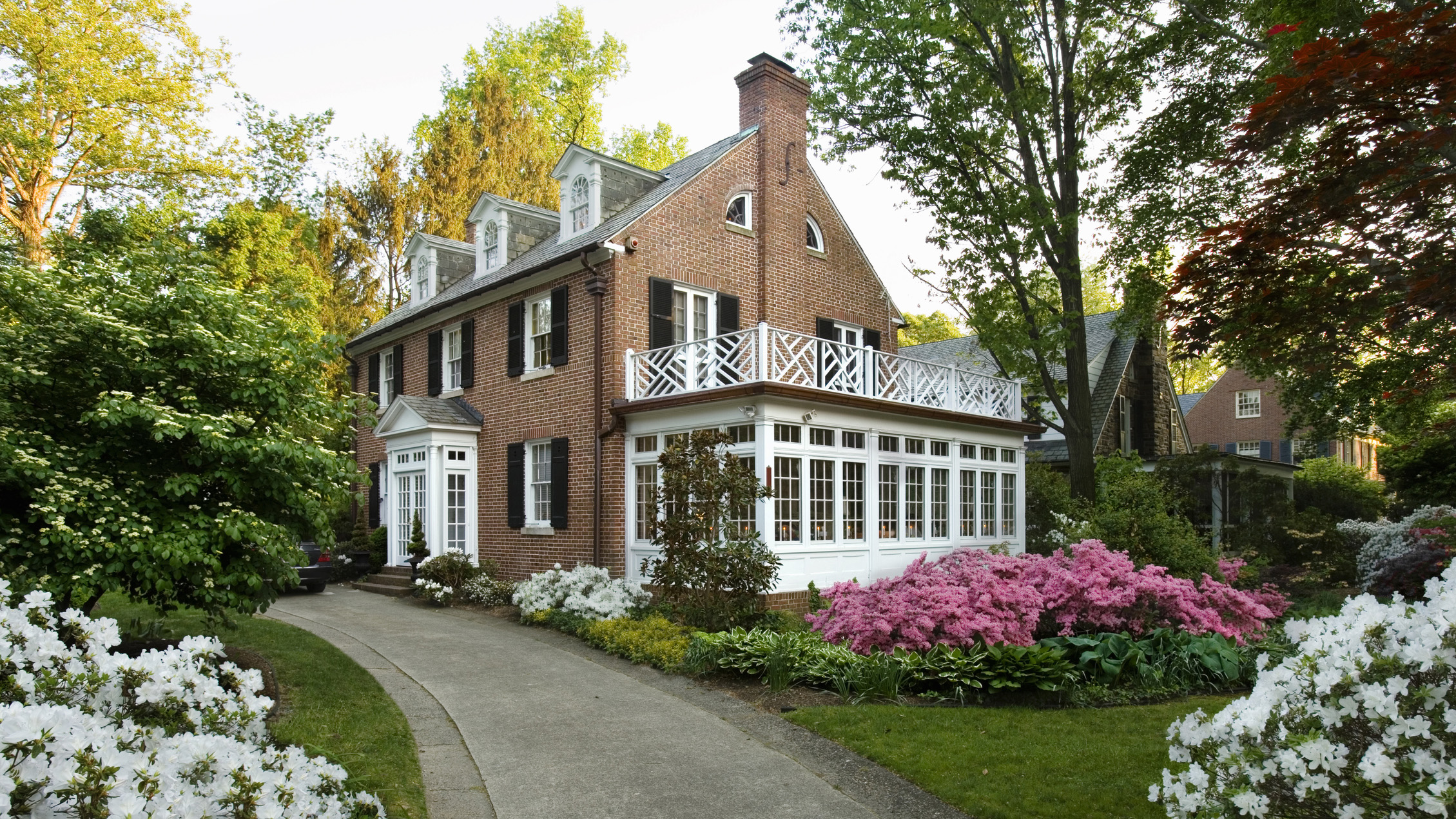Kitchen renovation costs: How to finance a kitchen remodel
With most people looking to make the most of their homes, we look at how you can finance a kitchen remodel.

The kitchen is the heart of the home, so it needs to be a space you love. Yet creating your perfect kitchen doesn’t come cheap – even a minor kitchen remodel can cost in excess of $26,000, according to Remodeling, and it can get into six-figure territory for a major upscale revamp. It’s little wonder, then, that many Americans turn to finance to help them cover the cost, so if you’re ready to fire up the best interior design software to see your ideas come to life, here’s everything you need to know about how to finance a kitchen remodel.
Consider your credit score
One of the first things you’ll need to do is make sure your credit score is up to scratch before applying for finance, as this can determine not only the rates you’ll be offered, but whether or not you’ll be granted credit in the first place, particularly if you’re seeking unsecured credit. Fall at this most important of hurdles and your remodeling aspirations could become wholly unaffordable, so it makes sense to check where you stand ahead of time.
This can easily be achieved, too. You can access your free credit report through AnnualCreditReport.com to see if there are any areas you need to work on, and if there are, you can either fix your credit score yourself, or seek the best credit repair services to do it for you. Remember, the higher your score, the better the terms you’ll be eligible for, so it could pay to get things in order.

Use your home as finance
Then it’s time to look for ways to finance your kitchen renovation project, and for many people, their home could be the perfect funding source. If you’ve got a decent amount of wealth built up in your home – perhaps thanks to house price rises, or through paying down your mortgage – you can benefit from it in a number of ways, depending on your needs.
Cash-out refinancing. Finding the best refinance mortgage companies could be the first port of call for costlier projects, particularly if it’s been a while since you refinanced, as you may be able to take advantage of the recent competition in the mortgage market to secure a lower rate while releasing some of the equity in your property. The advantage of this method is that you’ve only got one loan to think about – rather than the below options, which would place an additional charge against your home – and the rates on offer can make it even more advantageous. However, refinancing is a big decision, particularly if you’re increasing the value of your loan, so make sure to consider the fees involved as well as the potential impact on your repayments and mortgage term.
Taking out a home equity loan. If refinancing isn’t for you, you may like to consider a home equity loan instead. You’re still using the wealth tied up in your home, but in a different way: you’re taking out a separate loan and are simply using your property as collateral, with the amount you’re eligible to borrow based on the amount of equity you have available. Sometimes known as a second mortgage, the best home equity loans will give you a cash lump sum that you repay over a set term at a fixed interest rate, and if you use it for a renovation project, that interest is tax-deductible. Plus, because it’s a secured loan, rates are typically favorable and your credit score won’t matter as much, making it a suitable choice for those with bad credit.
Arranging a HELOC. A home equity line of credit (HELOC) works in a similar way to home equity loans, but rather than taking the full loan amount upfront, you’re given access to a pool of funds that you can draw from as and when you need. This method could be particularly suitable if you don’t know what the overall cost of the project will be, or if you’ll be completing the renovation in several stages – by only drawing down what you need when you need it, you’re reducing the overall amount of interest you’ll have to pay, as you’ll only be charged on the amount borrowed, not the amount available to you. Just bear in mind that rates tend to be variable, so you’ll need to be prepared for the possibility of them rising later on.
Sign up to receive the latest news, reviews, buying guides and deals direct to your inbox

Consider a personal loan
While using your home can be a viable way to source funding, particularly in today’s low interest rate environment, the clear downside is that your property is at risk if you fail you keep up with the repayments. So, if you’d rather not use your home as collateral, or if your renovation project won’t be as costly, an unsecured personal loan could be a great alternative.
The best personal loans will give you the funds you need at a fixed interest rate, and you’ll be expected to pay the loan back in monthly instalments over a pre-agreed term. It can be an easy-to-manage option that allows you to effectively budget from the outset, but the trade-off is that rates tend to be higher than on a secured loan – the lender has no collateral and so is taking on a greater risk by lending to you – and you’ll also be expected to have a high credit score in order to be approved.
Look to federal programs
If you qualify, a Government loan could be a good option to cover your kitchen renovation costs. Options include the Section 203(k) program through the US Department of Housing and Urban Development (HUD), which lets you take out a new or refinance mortgage loan and roll the cost of renovations into it, and may be used alongside Title I Property Improvement loans, which can be used to “improve the basic livability” of a property . You can find out more about these and other options on the HUD website.

0% credit cards
If it’s time to consider the finishing touches – such as appliances – or if you’re only taking on a small renovation project and are confident you can repay the funds quickly, choosing from one of the best credit cards could be your best bet. A 0% card could be particularly suitable for this purpose: you’re free to borrow up to your credit limit and, provided you repay the balance by the time the interest-free period ends, you won’t have paid any interest whatsoever. Just keep your credit utilization in mind if you’re planning on applying for any other credit in the near-future, and be prepared to pay more than the minimum each month to ensure the balance is fully repaid in time. Cashback or reward credit cards can be another option for those who only need to borrow a small sum, but make sure you can repay the full amount before interest kicks in, otherwise it could negate the benefit of any cashback.
Any one of these options could be ideal depending on your circumstances, and once you’ve got the finance sorted, all that’s left to do is design your dream kitchen. We can help there, too, whether it’s advising on how to add color to your kitchen and what to consider when buying a refrigerator, to pointing you in the direction of the best electric ranges, dishwashers or any other appliance you could need, helping you keep your budget in check while giving you a kitchen you can be proud of.
Leanne has been writing professionally for well over a decade, with the majority of that time spent at a financial publishing company where she wrote countless articles across the personal finance space. Now freelancing, she still predominantly writes about finance, with bylines in both national and trade publications. In her spare time Leanne likes to read, catch up on Netflix and sleep, though her toddler rarely allows such things.

